Piriformis muscle stretching exercise
Table of Contents
What is Piriformis stretching?
- Piriformis stretching is an important exercise to increase the flexibility of the gluteal region, has many health benefits as well as decreases the risk of injury namely, sciatica pain, Back pain as well as Piriformis syndrome.
- The piriformis muscle is situated in a gluteal region below the gluteus maximus. The muscle is a flat pyramidal shape & one of the six muscles of a lateral rotator group. The name piriformis arrived from Latin, meaning “pear-shaped”. A piriformis muscle starts from the front part of a sacrum. This is connected to the second, third & fourth sacral vertebra and from there it is attached to the upper surface of the thigh bones.
- A piriformis is responsible for externally rotating a femur while hip extension. To get the idea of this movement, during sitting, raise one leg & cross it over the other so that the outside ankle is placed against the knee of the other leg. The second main function of the piriformis is the abduction of the femur with hip flexion. It is most important for walking. This abduction of the thigh transfer body weight to the opposite side of the foot is raised. Without the person would fall.
- Even though many individuals might not know about the piriformis muscle, they might be known for sciatic pain. This is due to the sciatic nerve running under a piriformis or for some people the sciatic nerve will pass through the muscle.
- Stretching of the piriformis muscle gives too many benefits while daily life activities.
What are the advantages of Piriformis stretching?
There are some common advantages the patient may gain by doing Piriformis stretching:
- Assists to decrease ankle as well as knee Pain: When the piriformis muscle becomes tight the routine activity of walking may be the actual pain. A knee joint is under too much strain forming an unbalanced joint. The exterior of the knee joint becomes too tight making the interior of the joint weaker. This imbalance may cause knee as well as ankle pain.
- Alleviates Sciatic Pain: A sciatic nerve passes through the piriformis area & whenever there is too much pressure owing to tight piriformis muscles there is a chance to feel sciatic-like pain. The extra pain may make the glutes as well as hips numb or send shooting pain downwards to the legs. By stretching the muscle, the strain on a sciatic nerve is decreased.
- Relieve Lower Back Pain: Tight piriformis muscle causes lower back pain. By stretching piriformis muscles you may relieve stress on the lower back as the hip’s range of motion will increase.
- Alleviates Plantar Fasciitis: Plantar fasciitis is when a fascia becomes swollen. The person with very tight piriformis muscles is walking like a duck which puts too much stress on the soles of the feet. Releasing a piriformis may fix the body mechanics hence relieving nagging injuries such as plantar fasciitis.
- Eases Risk of Injury: By stretching piriformis muscles the patient will decrease the chances of happening potential injuries. The person who enjoys sports or even activities requiring running or any unexpected change of direction needs to stretch their piriformis muscles to prevent injuries or muscle tears.
- Good Overall Muscular Function: Tight piriformis muscle causes reduced range of motion in the lower back as well as hips. Piriformis stretches may assist us to move better through a complete range of motion.
- This also increases blood circulation to that area & gives nutrients to muscles.
- Increases range of motion to hip joint like hip abduction as well as a hip extension & lateral rotation of the hip.
What are the types of piriformis stretching?
There are so many exercises to stretch the piriformis muscle are :
- Standing Piriformis Stretch
- Standing Step Behind Piriformis Stretch
- Short Adductor Stretch
- Long Adductor Stretch
- Half Spinal Twist
- Supine Piriformis Stretch
- Lying Knees Side Stretch
- Knee to Chest
- Sleeping Pigeon
- Outer Hip Stretch
- Seated Piriformis Stretch
- Modified Pigeon Stretch
- Seated Piriformis Leg Cradle Stretch
- Lying Side Clam-shell
- Glute Bridge With Feet Externally Rotated
- Prone Adductor Side Stretch
- Kickback
- Fire Hydrant
Standing piriformis stretching
- How to do: Start with feet hip-width apart next to the wall to help with balance.
- Put leg with pain over the knee of the opposite leg.
- Let go of the hips down as well as back as much as you can while bending the leg you are standing on.
- Hold the standing pose for 20 – 30 seconds
- Repeat with the opposite leg & repeat 3-4 times on each side.

Standing step behind piriformis stretch
- How to perform: Stand up with feet hip-width apart.
- Step back then do the internal rotation of the hip pointing the toes inward.
- Then do an internal rotation of the front foot by turning the toes inward.
- Rotate the hips to the side of the back leg then transfer the weight to the back leg.
- Pause for 30-60 seconds and release.

Short adductor stretch
- How to do: While sitting on the ground, place the soles of the feet together in front of the pelvis.
- Hold both ankles with the opposite hands (right hand & left ankle and vice versa).
- Slowly push downward with the knees the try to touch the ground with them.
- The patient needs to hang on right before any pain occurs, which means that if the patient feels pain, go reverse an inch or two and stay there.
- Hold for 15 – 30 seconds, release, & flutter the legs in that position for 30 seconds.

Long adductor stretch
- How to perform: Sitting on the ground, extend the legs straight out in front of you, and widen them as far apart as possible.
- Put the hands on the floor next to each other while angling the upper body forward toward the ground.
- Bend forward & put the elbows on the ground. If the patient experience pain, stop right there.
- Remain in the position for 20 -30 seconds and release.

Half spinal twist
- How to do: Take the sitting position on a mat, the spine is straight as well as both legs are straight in front of you.
- Cross one leg over the opposite to the outer thigh.
- Rotate towards the crossed leg resting the elbow on the knee & the other hand on the mat/ground behind you When you feel stretched, pause in that position for 30 seconds.
- Repeat with the opposite leg.
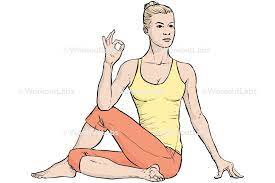
Supine piriformis stretch
- How to perform: Lie down on the back with knees bent and feet on the floor.
- Blend the sore leg over the other leg.
- Put the hands under the unaffected leg & pull towards you.
- Hold for 40-60 seconds and release.
- Do it on the opposite leg.

Lying knees side stretch
- How to do: Lie down on the mat with the legs extended.
- Bend both knees as well as bring them towards the chest.
- Place arms out to the sides.
- Rotate the knees to the side so they place on the floor.
- Pause for 30-60 seconds and release.
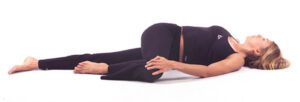
Knee to chest
- How to do: Lie down on the back with your legs stretched out.
- Bring the left leg up towards the chest.
- Pull the knee towards the right shoulder.
- Pause for 15 – 30 seconds and release.
- Repeat with the right leg.
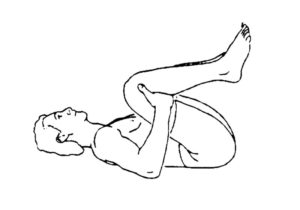
Sleeping pigeon stretch
- How to perform: Get down on the floor on the hands as well as knees.
- Bring one knee up towards the hands then fold the knee under the middle of the body with the outer ankle against the floor.
- Extend out the other leg behind you while placing the elbows on the floor in front of you.
- Lean down & push your hips towards the floor.
- Hold the position for 40-60 seconds.
- Repeat with the opposite leg.
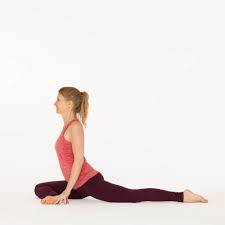
Outer hip piriformis stretching
- How to perform: Take the supine position then turn on the right side bringing the left foot up and placing the left foot on the back of the right leg’s upper calf.
- Place the right hand on the left knee pressing towards the floor.
- Reach up with the left arm, keeping it straight & rotate away to the left side as far as possible.
- Pause the stretch for 20-30 seconds & release.
- Repeat with the right leg.
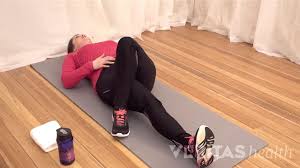
Seated piriformis stretching
- How to perform: Take a sitting position on the chair.
- Then lift the right leg upward by bending the knee & placing the outer ankle on the left knee.
- Maintain the back straight then lean forward.
- When the patient feels a stretch, stop there for 30-60 seconds & return to start.
- Repeat on the left side.
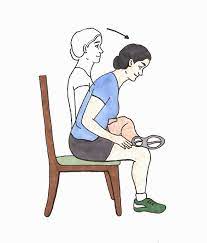
Modified pigeon stretch
- How to do: Sit down with the knees bent.
- Lower the knee on the floor straight in front of you so that the outer ankle is against the floor with the knee bent at 90 degrees.
- Bring the opposite leg behind you with the knee bent.
- Lean forward, when the patient feels stretched hold there for 30 seconds.
- Repeat with the opposite leg.

Seated piriformis leg cradle stretch
- How to do: Sit down on the ground with your legs out in front of you.
- Bend the right knee & bring the foot up towards the chest.
- Grab the bent leg’s ankle with your hands & pull it towards you.
- Hold that pose for around 20-30 seconds and release.
- Repeat on the opposite side leg.
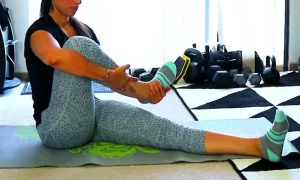
Lying side clamshell
- How to do: Lie down on the side of the body.
- Bend both legs back, holding one foot over the other & keeping the legs side by side to each other.
- The patient should be forming an “L” shape.
- Maintaining the feet together, raise the top knee during keeping the rest of the body in the embarking position.
- Slowly bring the knee to the starting position.
- Repeat 10-15 times.

Glute bridges with feet externally rotated
- How to perform: Take a supine position with knees bent & feet flat on the floor, hip-width apart, and arms to either side.
- Move the toes outwards.
- Drive through the heels bringing the waist up until you are in a bridge position.
- Contract the glutes and hold for 5-10 seconds then slowly return to the starting position.
- Repeat 10-12 times.

Prone adductor stretch
- How to do: Take a prone position then brace yourself with the forearms on the ground.
- Bring the right knee out & up to the side until the patient feels the piriformis stretch.
- Hold for 40-60 seconds.
- Repeat with the left leg.

Kickback
- How to do: Get on the knees & hands with the hand stacked under the shoulders.
- Raise one leg off the floor then kick up & back away from you until the leg is fully straight.
- Slowly lower to the starting position.
- Repeat for 8-10 repetitions then switches sides.

Fire hydrant
- How to do: Get on your knees & hands.
Raise the leg out to the side as much as comfortable maintaining the knee bent.
Lower back to the starting position.
Repeat for 5-10 repetitions then switches sides.

What are the piriformis stretching safety guidelines?
There are certain safety tips the patient should know:
- Stretching is dangerous if the patient cannot do it correctly. This causes injuries also.
- During stretching you have to breathe normally otherwise this can increase the blood pressure. So, never hold your breath while stretching. Deep breathing helps the patient to stretch longer as well as deeper.
- Do not stretch beyond the limits.
- If the patient feels pain while stretching stop right there.
- Stretch everyday few minutes in the day rather than doing it once a week. This increases flexibility as well as a range of motion.
- Wear loose clothes while the stretch to avoid discomfort & restricted movement.
FAQ
What causes the tight piriformis muscle?
The tight piriformis may be caused by vigorous exercise or an accident. Vivian Eisenstadt is a Los Angeles-based physical therapist who specializes in pain prevention. “Think of the body as a pulley system,” she says. “Muscles cross joints as well as connect bone to bone, & pull the bones in one direction.
Does stretching fix piriformis syndrome?
Stretches & exercises are the go-to treatments for piriformis syndrome. “A consistent regimen of stretching as well as exercise can significantly improve symptoms,” says Dr. Catanese. “The goal is to loosen the piriformis, so it is not irritating the sciatic nerve.”
When should I not stretch my piriformis?
Remember from earlier, however, that stretching should only be done when a muscle is short. The over-lengthened piriformis can compress the sciatic nerve due to they are contracting to attempt to pull the body back into neutral.
What are the 3 common causes of piriformis syndrome?
Causes of piriformis syndrome
Injury: Abnormal development or even location of the piriformis muscle or sciatic nerve. Abnormal spine alignment (such as scoliosis) Leg-length discrepancy (when the legs are of different lengths)What does the tight piriformis feel like?
Common symptoms of piriformis include A dull pain in the buttock. Increased pain when walking up an incline. Increased pain after sitting for long periods of time.

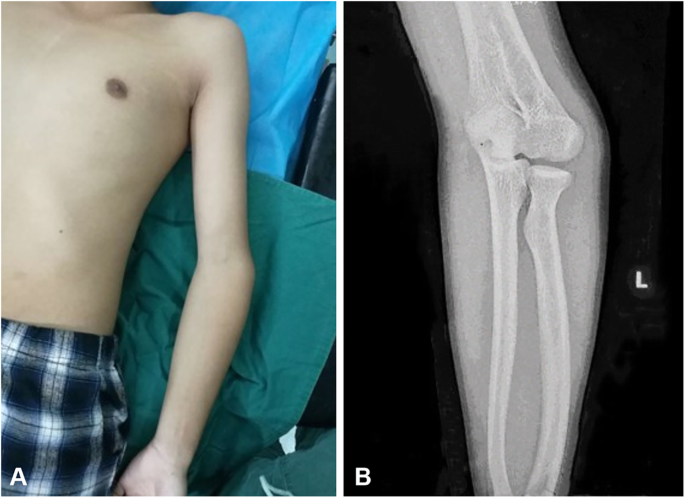

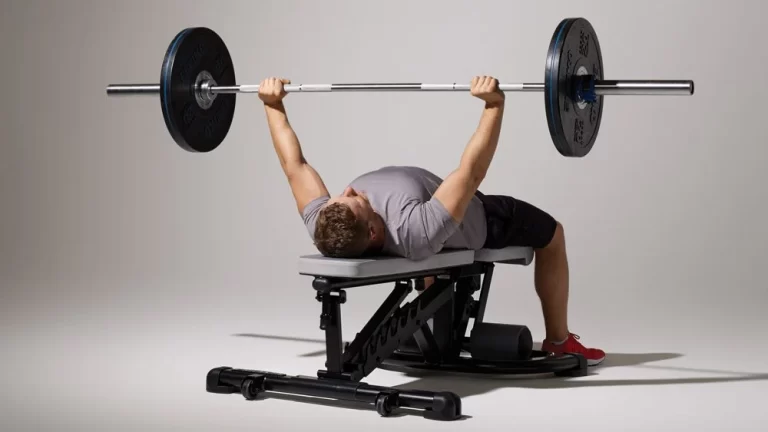

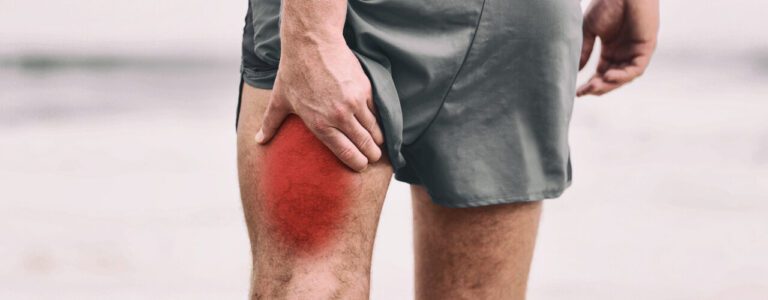
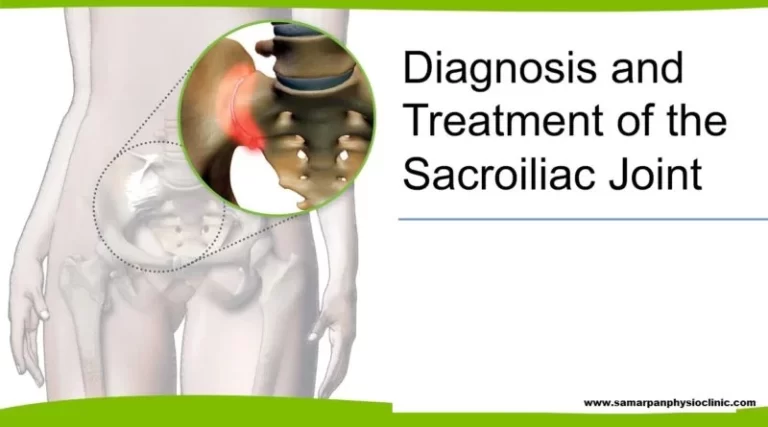
4 Comments